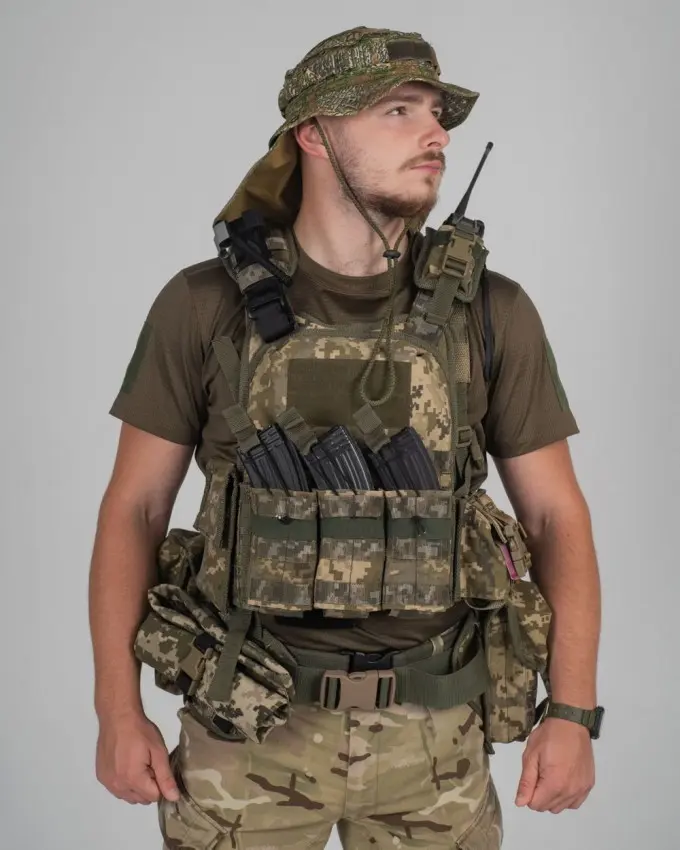
Ammunition for the military Quantity: 12 sets ...

Laptops for the army Quantity: 2 To: "Legion o...

Summer T-shirts, sweat-wicking Quantity: 30 pcs ...
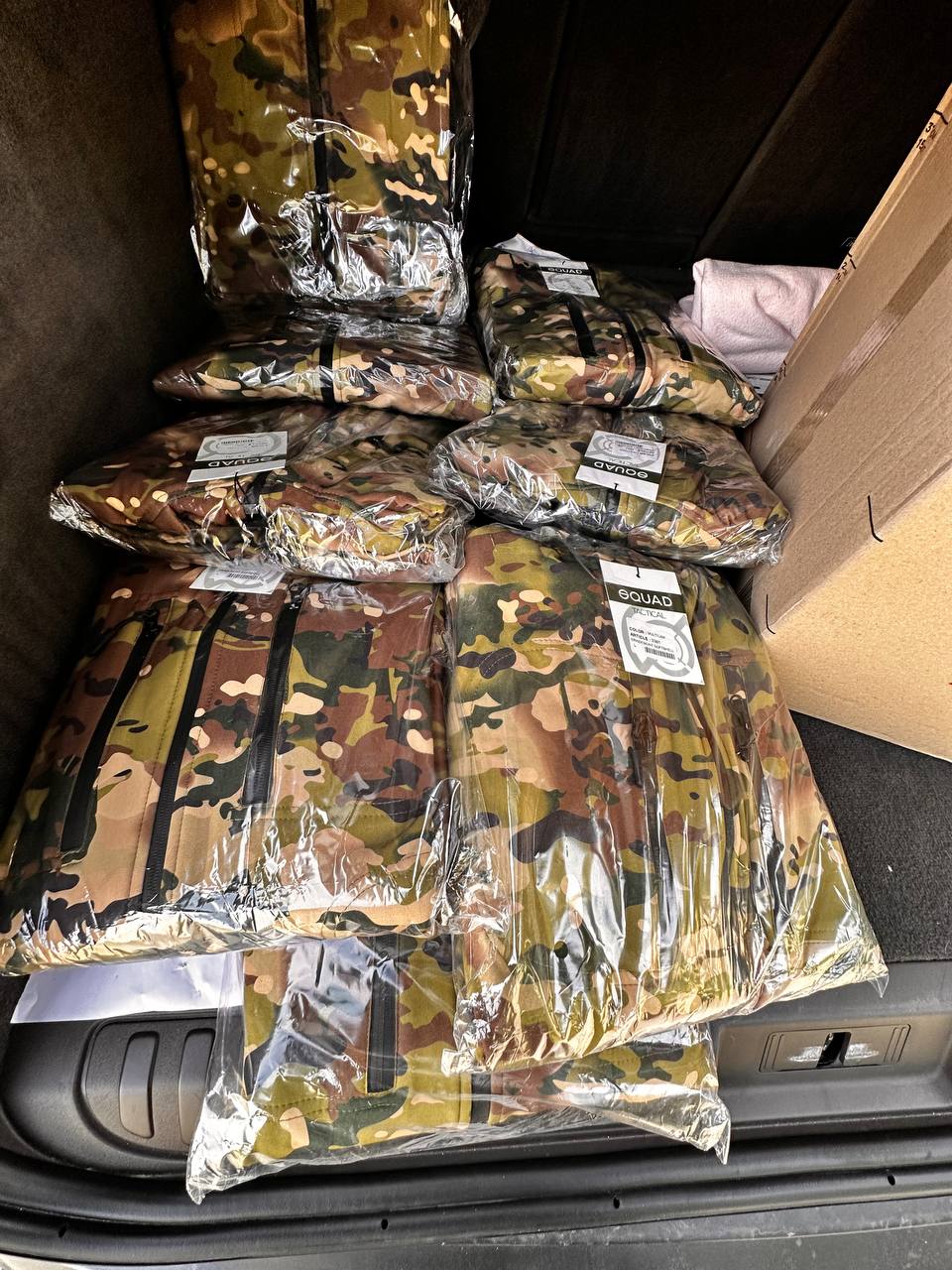
Tactical autumn jackets Quantity: 10 Purpose: ...
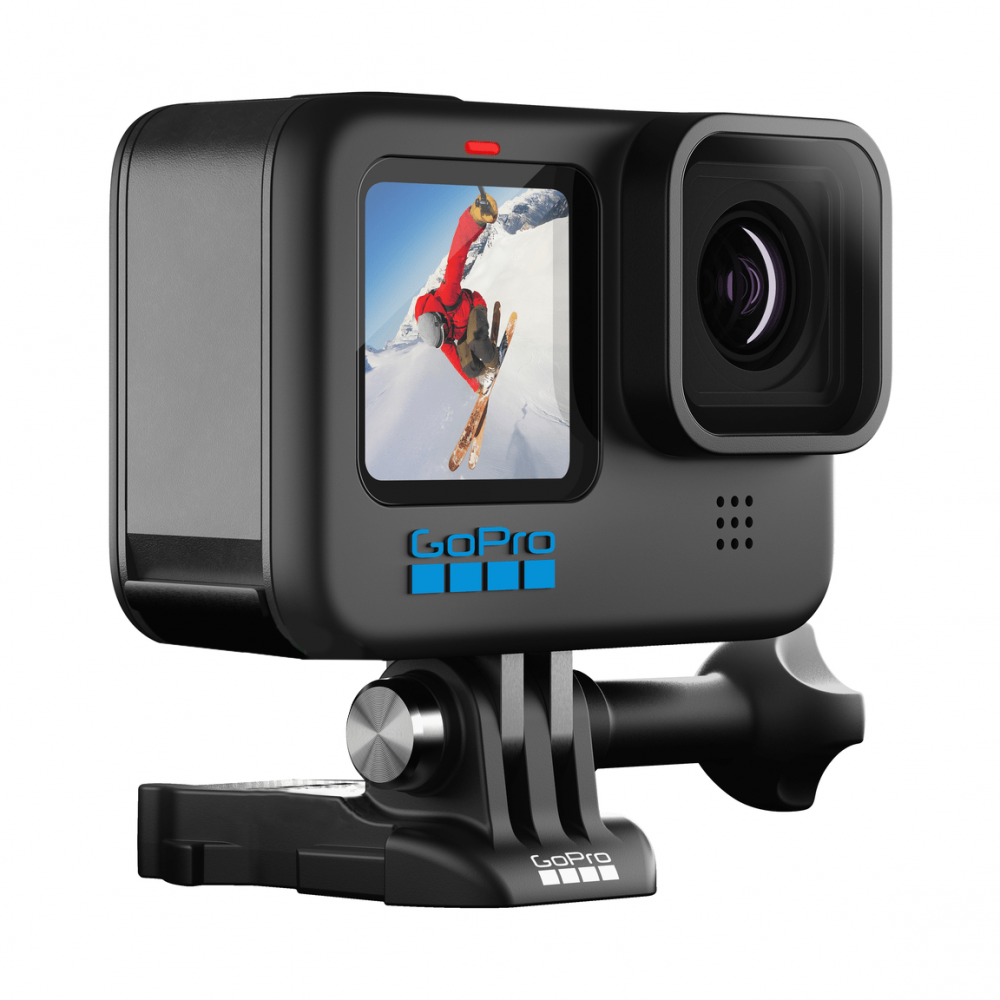
GoPro 10 helmet-mounted camera Quantity: 5 To:...
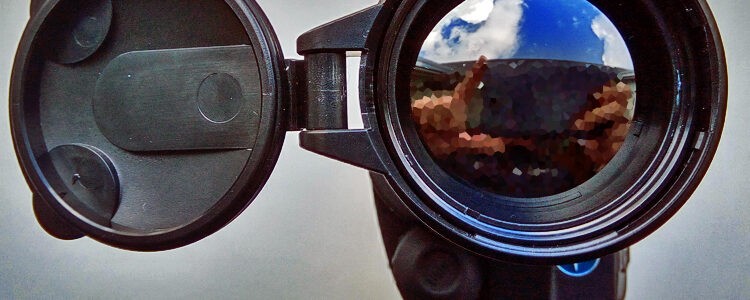
The military thermal imager is one of the most significant optical devices for hunting or modern warfare. Fog or dust, day or night, thermal imaging provides flexibility, versatility and tactical advantage in any season and any weather.
Choosing a PNB or thermal imager is often a difficult task, especially for a beginner who is making his first choice for either hunting or military operations. More and more brands are entering the market, from expensive military models to cheaper, household ones. Military-grade thermal imaging equipment is designed for harsh combat conditions and costs a lot of money compared to more affordable models. Before starting to choose a military thermal imager, read this guide that will help you make the right choice. You will also find an answer to the question of which thermal imager is currently needed by the Armed Forces.
At the end of this article, we will also simplify the task by defining the most optimal requirements for a modern thermal imager for the military.
Before proceeding with the selection
In a broad sense, night vision devices and thermal imagers can be conventionally divided into military (power structures, police or army) and civilian (hunting, tourism, utility services). Unfortunately, the war deprived many of us of the opportunity to enjoy our leisure time and choose between the pleasant and the necessary. Therefore, everyone will agree that we do not have time to watch squirrels yet, and we will not shoot sparrows, our goal is a little bigger, although not much smarter. Therefore, let’s talk about the equipment that will help fight the enemy.
What to pay attention to when choosing a thermal imager
A military thermal imager is a complex digital technique, so the first thing you need to look at is the availability of comprehensive instructions. Whatever your attitude towards manuals, it is simply necessary to familiarize yourself with the instructions for the thermal imager. If there is such a volume of not the most interesting, but useful reading material included with the thermal imager, we can proceed to the review of the main parameters.
Matrix standard
A military thermal imager can be built on the basis of one of two technologies:
- a-Si (amorphous Silicon), a more affordable technology, but has a lower sensitivity and temperature range;
- VOx (Vanadium Oxide), the technology is more advanced, has greater sensitivity and temperature range;
If there is something to choose from and the budget allows, then it is better to choose a model with a more modern matrix, the picture quality will be noticeably better.
This function is found in top models of military thermal imagers. Cooling the matrix allows you to display a higher quality picture. Thermal imagers with such a matrix distinguish the target better, even if its temperature differs minimally from the ambient temperature. Prices for such devices can be very high, but non-cooled models also do the job quite well.
Lens diameter and matrix resolution
The higher the value, the clearer the image and silhouette of the target will be. The high-resolution matrix will provide high detail and the distance at which observation can be carried out. We recommend choosing at least 400×300 pixels.
| 128×96 | Not recommended |
| 160×120 | Not recommended |
| 384×288 | An acceptable value |
| 400×300 | An acceptable value |
| 640×480 | Recommended value |
| 1024×768 | Recommended value |
Detection distance
The distance at which the object can be recognized and identified characterizes the quality and advancedness of the thermal imager. The better the indicator, the easier it is to recognize the object and determine it by external features at a certain distance (distinguish a person from an animal, small movements, type of vehicle, etc.). This indicator is related to the previous point and some manufacturers indicate a specific distance in meters on the package for convenience. We recommend a minimum of 1500 m
Lens options
As in photography, thermal imagers differ in focal length, light intensity and diameter of the front lens. It is easiest to pay attention to the size of the lens, the larger its diameter, the better the image will be. It is easier with the focal length: the smaller it is, the wider the angle of view and the smaller the scale of the picture (30 mm and less).
| Focal length of the lens | Classification | Perspective transfer | FOV: angle of view, field of view |
| 6-25 мм | Wide-angle | Large field of view, reduced image scale | More than 15° (> 260 m/1000 m) |
| 35-50 мм | Normal | Standard field of view, usual image scale | 7-15° (122-260 m/1000 m) |
| 70-200 mm | Telephoto lenses | Narrow field of vision; zoomed in image. | Less than 7° (< 122 m/1000 m) |
View angle
The larger the value, the larger the area of space will be visible. If you need to track a large area, you need to choose the minimum value. If the object is small and distant, then the maximum. A thermal imager with an adjustable angle can be called a very successful and versatile purchase.
Zoom
It is necessary to clarify which zoom is used and in which values. If the zoom is optical, then when zooming in, the picture remains of the highest quality, if it is digital, then with each zoom threshold, the image on the screen will deteriorate. Zoom is a pretty useful option that will allow you to have good control over the selected area from a safe distance. Prefer an optical zoom with at least a double magnification.
Display
When evaluating the display, it is important to rely on your own impressions of working with it, if you need to rely on specific indicators, then pay attention to the resolution, screen type and refresh rate. Manufacturers do not often specify the screen resolution in thermal imagers, but 1280×960 pixels is considered good. For screen type, OLED would be the best option. Such a screen will provide a high-quality picture and contrast, which can compensate for the shortcomings of the matrix and digital image processing. As for the refresh rate, the higher it is, the smoother the picture will look, choose from 30 – 50 Hz, the value below is unlikely to be comfortable.
Image Settings
The number of settings and possibilities in a thermal imager is usually much smaller than in a video camera, but some of them are very useful. We advise you to pay attention to the number of image filters, you need them in order to adjust the device to a specific environment and task, be it forest, field, city, day/night, type of target, etc. A variety of light filters makes it possible to adjust a comfortable image for maximum differentiation and tracking of targets.
Food
Like an ordinary video or photo camera, the thermal imager consumes energy, but since the compactness of the device is a tactical advantage, in some models the battery cannot boast of great autonomy. We advise you not to pay much attention to the number of mAh, but to focus on ease of use and the ability to quickly replace the battery (ideally with ordinary AA, AAA) or connect an additional battery/power bank. A good indicator for the battery is considered continuous operation throughout the night, that is 7-9 hours.
Designs of thermal imagers
Sights is a shock-resistant monocular with reticle for mounting on small arms using a standard Picatinny mount. A rather highly specialized device that is attached to a weapon. It should be taken into account that the electronic device may not withstand the load when firing from a large caliber. We also advise you to pay attention to the fastening rings that come in the kit, often they are not of the best quality and you have to buy something more reliable.
Night attachments for optical day sights that are mounted on the lens using a special adapter. This option requires long setup, aiming, as well as time for assembly and disassembly.
Monoculars – a device for observing with one eye, outwardly resembling a viewing tube. Due to the price and compactness, the most popular devices among hunters after sights. The most common and universal type of thermal imager.
Binoculars – a device with a pair of glasses for two eyes, like ordinary daytime binoculars. Used for long-distance surveillance.
Glasses – A monocular or binocular that has a 1x magnification lens and a head mask. Mainly used for indoor surveillance at close distances.
Night vision device or thermal imager
Everything is simple here, and the PNB and the thermal imager are night optics, but in the first case it is analog equipment, and the thermal imager is a digital device similar in principle to a video camera.
PNB enhances vision and, in fact, allows you to work with the same efficiency at night as during the day, drive a car without lighting, orient yourself on rough terrain, move at high speed, read, distinguish small details.
The thermal imager allows you to see things that are not available with ordinary eyes, to see a recently working car, to recognize a faint heat trace from kindling, the remains of a campfire, to see a camouflaged cluster of live targets.
There are 4 generations of PNB, from which you need to choose 3 or 4. In the first 2 generations, a special infrared illuminator is required for the operation of the device, which can unmask the observer, 3 generation 4 works without it.
Pros of PNB
The picture in the PNB is more pleasant and more familiar to the eye, the equipment has a longer working time, and the price is lower than that of a thermal imager. It is well suited for navigating the terrain, driving at night.
Disadvantages of PNB
Does not track thermal targets, works effectively only at night.
Pros of a thermal imager
Target recognition at any time of the day, the possibility of fine tuning, light filters, recording on a flash drive, displaying the image on the monitor.
Disadvantages of the thermal imager
Does not see through glass, requires experience and skill, does not distinguish targets that do not emit heat, does not distinguish small obstacles such as wires, branches, uneven ground or roads.
Given the focus and strengths of the devices, military professionals often use both options. PNBs in the form of mini-binoculars or glasses are attached to the helmet and are used to navigate the terrain in conditions of poor visibility or at night. The thermal imager is used as a sight attachment. Thus, both devices close all “blind spots” and make the soldier ready for most situations.
Detailed video instructions that will help you understand the choice of a thermal imager.
In short, which thermal imager to choose?
If you have decided on the type of device and are not ready to understand the technical details, we have prepared for you a set of optimal characteristics that a good thermal imager should have:
Reasonable minimum
- The body is either metal or made of composite materials that can withstand extreme operating conditions.
- Protection against dust, moisture and rain no less than IP67.
- Matrix: vanadium oxide (VOx), minimum resolution 384×288.
- Screen: OLED resolution minimum 1024×768, 50 Hz refresh rate.
- Human detection range: 1500m.
- Optical zoom at least X2.
- Viewing angle is maximum.
- Possibility to connect to a power bank via USB.
If the budget allows
- Possibility of connecting to external monitors.
- Connector for flash drives.
- Availability of volume storage.
- Synchronization with smartphone, WiFi, Bluetooth.
What thermal imagers are needed by the Armed Forces
Even if you have prepared well, studied the technical characteristics and know exactly which thermal imager you would like to purchase for yourself, this does not mean that this particular device will be able to help our soldiers on the front lines. The fact is that starting from 90-95 thousand hryvnias, almost all thermal imagers have a sufficient set of characteristics to satisfy any needs. The problem is that these needs can be very different.
Snipers need sighting attachments, drivers will be more comfortable working with a classic PNB, gunners will not be able to work without high-quality stereoscopic binoculars or a wide-angle monocular, assault units prefer glasses that would be attached to the helmet and free both hands. Much also depends on the theater of operations. For example, during battles in an open area, in a field or a meadow, the thermal imager should cover a large area and “reach” as far as possible. In urban battles, the thermal imager should differentiate targets well against the background of buildings and numerous objects emitting heat.
Thus, only the soldier himself or the commander of the armed forces knows in which conditions a night vision device or a thermal imager will give him an advantage.
How much does a military thermal imager cost
Prices for military night optics are an order of magnitude higher than for household ones. This is due to operating conditions and requirements for the quality of devices. Thermal imagers for the Armed Forces and any other army must be constructed from the highest quality materials and contain advanced technologies, because life depends on the operation of the equipment. The average price of a thermal imager that would meet military requirements starts at UAH 90,000.
Any help is appreciated
Choosing a thermal imager is very different from choosing a household device or a smartphone, as a professional tool must meet specific requirements. A mistake in choosing a military thermal imager can completely devalue the help that our army so desperately needs. For example, in 2014-2015, more than half of PNB and thermal imagers were purchased at the expense of volunteer organizations, but unfortunately, many of them turned out to be industrial models with a working range of 10-20 meters, such thermal imagers are used when working at factories.
We gave you not exhaustive, but sufficient information on how to choose a thermal imager, which thermal imagers are needed for the Armed Forces, how much thermal imagers cost and what they are. Any help you give to the army is a contribution to the common victory. Together we will win!

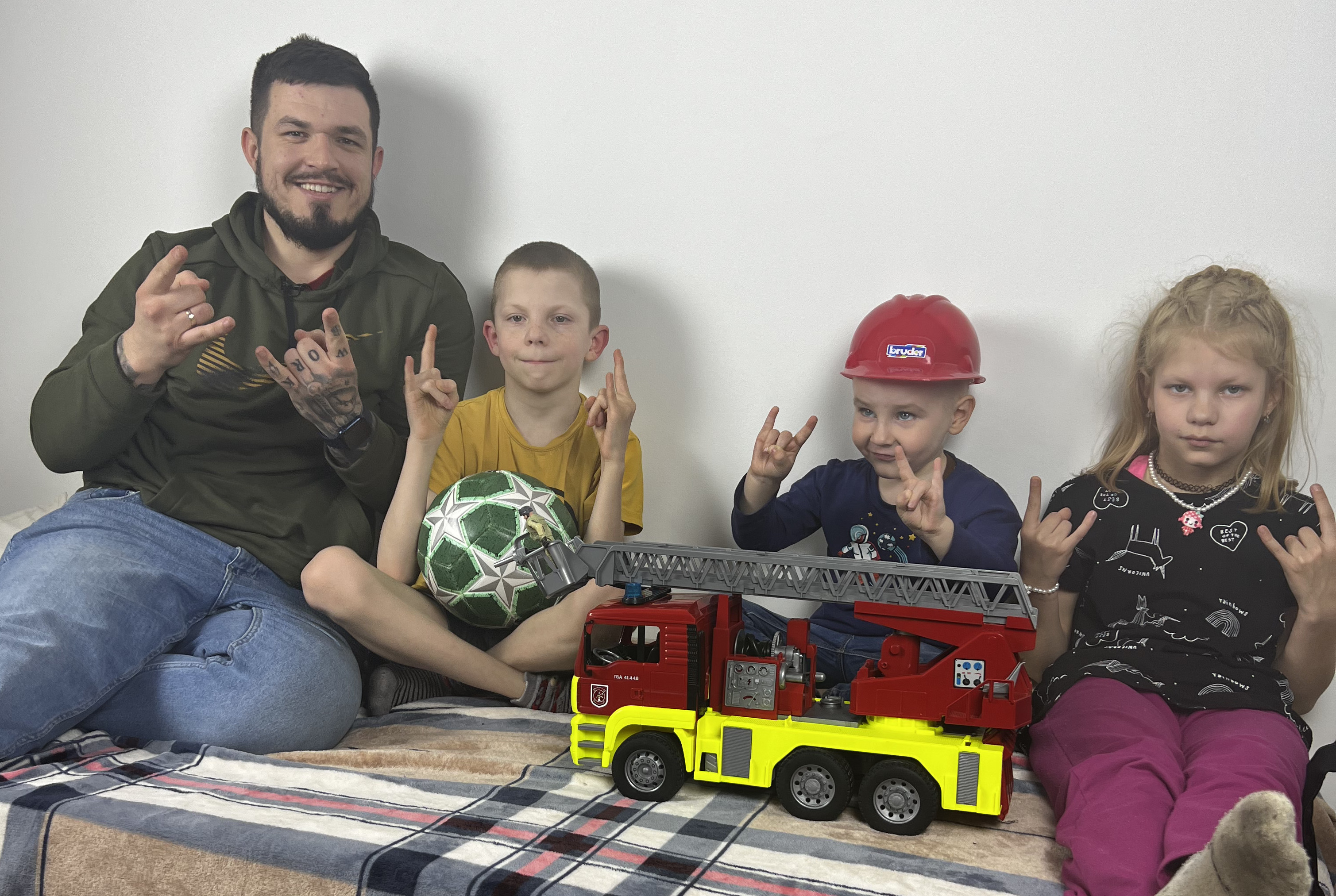
Overview of the work...
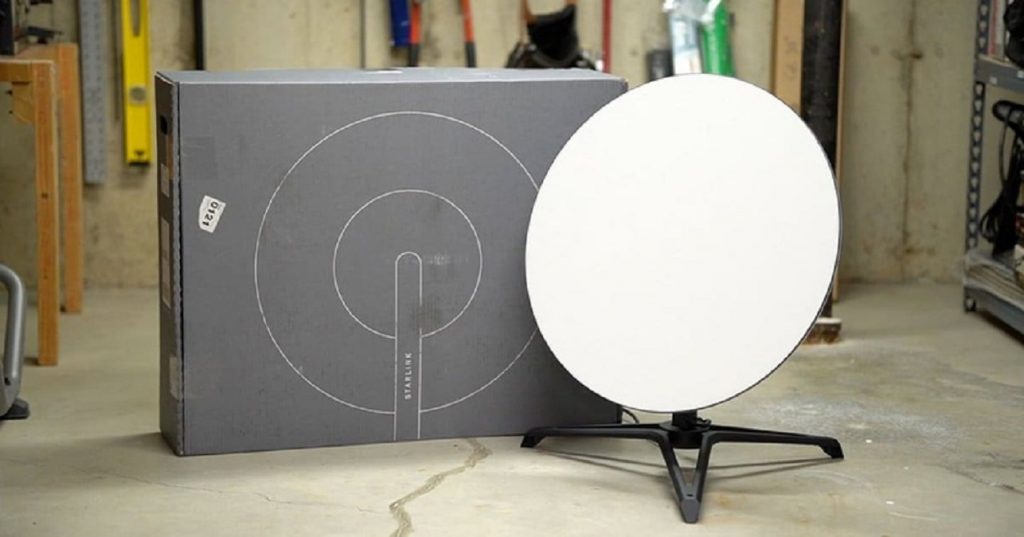
«Starlink» для наших...

The first batch of w...
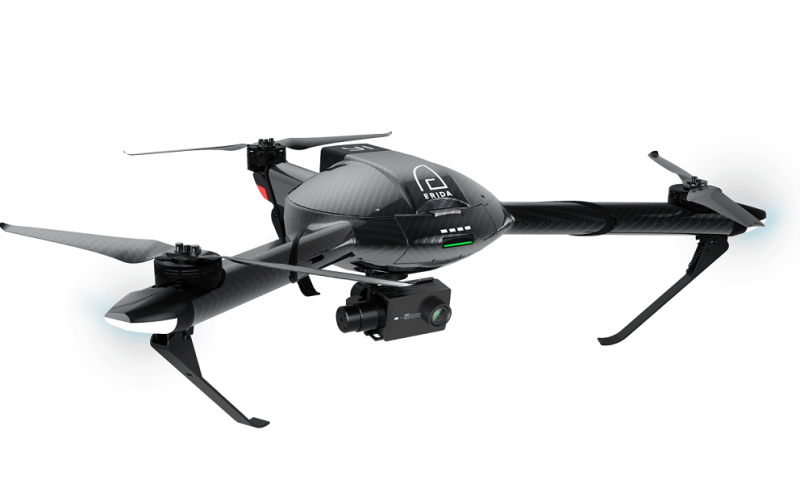
How to choose a quad...

A military thermal i...








